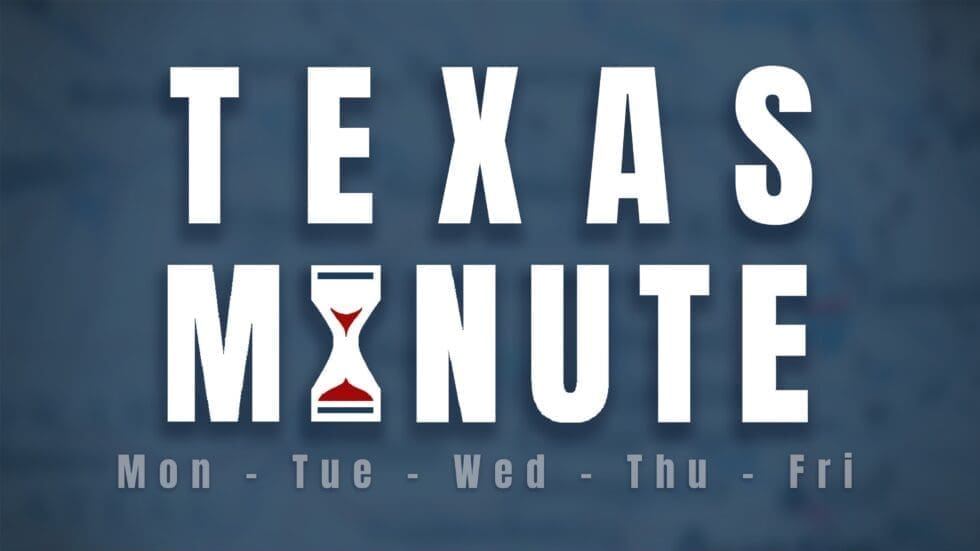While a parent-led transparency movement in public schools continues growing statewide, an education conference last month in Dallas shared tools school districts can use. Providing records more quickly wasn’t discussed, but North Texas citizens told us how important transparency is in school districts.
The Texas Public Information Act (PIA) recognizes a citizen’s right to “inspect or copy” state and local government records. Since last year, an increasing number of Texans have been using the PIA to expose what is happening in their local school districts.
In North Texas, for example, open records requests (ORRs) from citizens revealed communications that led to the indictment of two Carroll Independent School District board trustees for violating state law. ORRs also exposed that the district applied for state taxpayer funds meant for abuse victims to help fund a leftist Cultural Competence Action Plan.
These and other actions led to the following question being asked of school board members and administrators at a Texas education panel last month entitled “Uncivil Discourse: Managing Disruptive Comments and Complaints in a Time of Unrest.”
“How many of you are just getting inundated with Public Information Act requests?” asked panelist James Whitton of the Fort Worth law firm Brackett & Ellis, P.C. “That’s not necessarily new, it’s just getting worse. People have learned to use the PIA as a weapon.”
The setting was txEDCON21, the annual conference of the Texas Association of School Administrators and Texas Association of School Boards. The conference was held at the Kay Bailey Hutchison Convention Center and Omni Hotel in Dallas this September. A number of attendees were photographed unmasked.
Other panel participants were Janet Bubert of the Underwood Law Firm; Joy Baskin, director of TASB Legal Services; and Daniel Stockton, Frisco ISD’s executive director of Government and Legal Affairs. One of the topics was how to handle open records requests from citizens.
Whitton discussed the 10 business days in which PIA requires officials to respond to an ORR. “Oftentimes, you’re not going to be able to produce all the requested documents within 10 school business days, and you just let the requestor know it’s going take us [this] long to get it,” he said, adding the delay “has to be reasonable in length.”
Bubert agreed. “The Attorney General’s Office confirmed that there is not an expectation that your staff members stop everything else that they’re doing in order to fulfill that request.” She said the estimate shouldn’t be “two years,” but school district staff shouldn’t “feel pressure” to halt “other responsibilities” to respond to ORRs.
Whitton mentioned another tool that school administrators and board members can use. “Don’t forget the power of requesting clarification,” he said, adding that people often “have no idea that their request is going to trigger a production of 10,000 pages of documents.”
“I think a lot of times when we read public information requests, if you think it’s really clear what they’re asking for, we don’t think to ask for clarification,” Daniel Stockton said.
Fighting for Transparency
“Open record requests are the best way for parents to see for themselves exactly what goes on in the schools from an administrative standpoint,” Ashley McCurry, a Carroll ISD parent, told Texas Scorecard. “It also helps us to pinpoint red flags on issues. For example, if a district takes a long time to provide documents or charges an exorbitant amount to fulfill the ORR, it tells me we need to keep digging. There is something there.”
If a school district is taking more than 10 days to fulfill an [open records request], I believe that there are deep-rooted, underlying problems.
Mitch Stacey, another Carroll ISD parent, responded as well. “If they needed an additional five business days or 10 business days, that seems like it would be appropriate,” he said. “When administrators, teachers, and staff are doing something that they shouldn’t do, it’s all hidden.”





